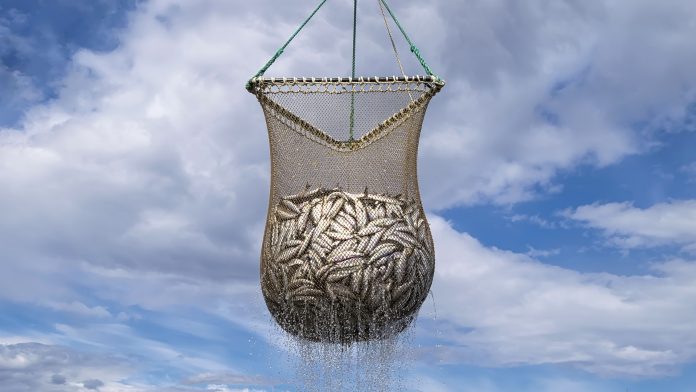An international team of scientists has characterised 53 herring populations from the Atlantic Ocean and the Baltic Sea using whole genome sequencing.
The team, from Sweden, Norway, Denmark, and Ireland, has developed genetic markers that make it possible to better monitor herring populations and avoid overfishing. As published in the journal eLife, a major challenge for the future of the fishing industry is to avoid overfishing and maintain viable stocks of marine fish. Stocks of herring are defined by where and when they spawn, but until now no efficient genetic markers have been available for distinguishing different stocks.
Professor Arild Folkvord of Bergen University, who led the GENSINC project, said: “This project provides a ‘toolbox’ in the form of genetic markers for cost-effective screenings that can be applied to monitor herring stocks throughout their life history from the larval stage to the adult stage. It will now be possible to distinguish different stocks when they are mixed on the feeding grounds, for instance, which will help set fishing quotas that harness sustainable exploitation of genetically defined stocks.”
The Atlantic herring is one of the most abundant vertebrates on Earth. Herring constitute this enormous biomass because they feed on plankton. They in turn are an important food resource for other fish, seabirds, and sea mammals like the fin whale. Herring fishery has been an important food resource since humans colonised Northern Europe. Unfortunately, herring are susceptible to overfishing. Due to them being schooling fish, tonnes of herring can be caught in a single haul during fishing, and in the past several stocks of herring have collapsed due to overfishing.
Analysing the whole genome of herring
The researchers found gene variants for hundreds of genes that are particularly important for the genetic adaptation to differences in spawning season, salinity, and water temperature at spawning. These are the gene variants that are most useful to distinguish different stocks.
Professor Leif Andersson of Uppsala University, who led the genetic analysis, said: “The results of this study make Atlantic herring particularly well suited for studies on the impact of global warming on fish populations.
“Some of the detected gene variants are strongly associated with water temperature at spawning. The gene variants that occur at a very high frequency in the waters surrounding Ireland and Great Britain, which are the warmest waters where herring reproduce, are expected to become more common further north as the seawater gets warmer.”







